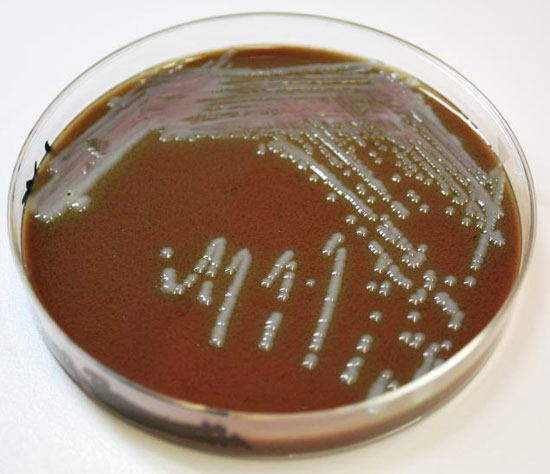How does poisonous bacteria pass through the body defense system?
Antibiotics have long been widely used in the treatment of inflammatory diseases, respiratory infections, gastrointestinal tract, liver, kidneys, etc. However, increasingly bacterial strains become more sophisticated and unpredictable. and is the causal agent of deadly diseases such as cholera, typhoid or tuberculosis, etc. Although there is great progress in making antibiotics, drugs are always followed every century. 'bacteria' of pathogenic bacteria. So why does bacteria get that amazing ability? However, their evolution also means that the god of death knocks on the door of humanity whenever they break into a pandemic.
A new study published by the European Genetics Research Center (TGen) has shown that poisonous bacteria on humans have the ability to ' mimic ' protein synthesis like in humans. develop resistance to antibiotics .
This process is temporarily called ' mimicry at the molecular level ' and studies on the mechanism of this phenomenon suggest that some enzyme families (also called yeast) have the methyl group transfer function (methyltransferase). of bacteria and humans, house mice and hamsters have a high level of structural similarity.
For example, this protein was found under tularensis (subspecies) of Francisell tularensis, which is also a common virus of Francisella bacteria. It was found that the enzyme is a factor causing Tularemia, first they infect rodents, especially rabbits, then spread to people by contact, use for food, or from Water source, . Disease if not treated promptly can cause death.
These proteins are also found in other highly infectious bacteria, such as Mycobacteria tuberculosis, or other limbs that cause disease in humans such as Coxiella, Legionella and Pseudomonas.

Francisell tularensis colonies on a jelly disc (Photo: Sciencedaily)
In genetics, these groups are classified as closely classified because they have quite similar genomes. However, research has shown that pathogenic bacterial strains evolved from non-pathogenic strains marked only by small changes in their entire genome .
This is corroborated by the structural characterization of the methyl group transfer enzyme taken from bacteria, humans, plants and animals, showing that they have a high degree of similarity while there are many differences in genes. rest.
Important evidence is that the proteins of F. tularensis are involved in the ' molecular mimic ' mechanism. Depending on the infectious state, more than 200 proteins from this bacterium have " parachuted " into human macrophages (immune system cells). Because of their structure, they are similar to human proteins, so they are not recognized by the human immune system and therefore the illness is ' protected ' by the body itself.
This study was conducted to elucidate the evolution of the Francisella virus pathogen, but it is important because it highlights the host-pathogen relationship.
According to the authors ' identifying small differences between human proteins and pathogenic bacteria will be the key to finding new drugs '.
- Video: US missile defense system shows China must be
- The best missile defense systems in the world
- Therapy of color
- The power of the THAAD missile defense system
- The 'amazing' world of bacteria in the human body
- Infiltrate the world of bacteria inside the human body
- Find a way to kill bacteria in a completely new body
- Be overwhelmed by the irresistible beauty of Hai Van Pass
- Antibiotic resistance can be passed from mother to child
- The most toxic and strange forms of bacteria on the planet
- Evolutionary defense system in earring plants
- Close-up of the life-and-death battle inside the body
 Green tea cleans teeth better than mouthwash?
Green tea cleans teeth better than mouthwash? Death kiss: This is why you should not let anyone kiss your baby's lips
Death kiss: This is why you should not let anyone kiss your baby's lips What is salmonellosis?
What is salmonellosis? Caution should be exercised when using aloe vera through eating and drinking
Caution should be exercised when using aloe vera through eating and drinking